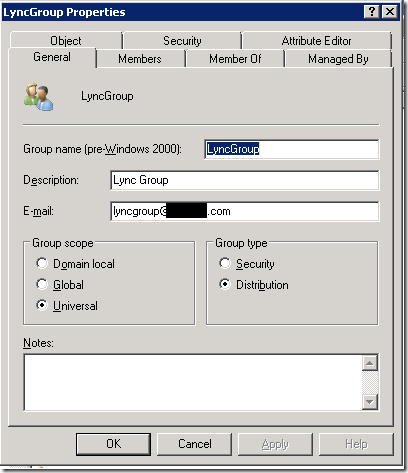

In the meantime, I have a case open with Microsoft and can hopefully have the root cause resolved too. This worked for me, and the add-in is now disabled, and the scrolling issue is gone. More instructions from Microsoft here.įor this one I’ve chosen to disable, but the ‘enable and let users disable’ option is quite nice – it’d be even better if there was a ‘disable but let users enable’! Here, you can add the Class ID and set the value to 0 for disabled, 1 for enabled, and 2 for enabled but users can disable/enable. There is a Group Policy however, called ‘Add-on List’ located under Computer Configuration\Policies\Administrative Templates\Windows Components\Internet Explorer\Security Features\Add-on Management.

Even removing the OCHelper.DLL file didn’t stop it loading! Uninstalling Skype for Business altogether worked, but that’s a bit too drastic. Other solutions like disabling via the registry didn’t seem to work for this add-in either, it came back.
Skype for business group policy plus#
However for me, I couldn’t do this as the option was greyed out – plus that solution doesn’t work at scale. If you can live without the IE addin, the solution is to disable it. This seems to be a problem that was around a while ago, and possibly only occurs in less common circumstances. I had a few people confirm this experience, including you!)

Other browsers are fine (such as Chrome or Edge), and Internet Explorer is fine without the above add-ons. Scrolling through the page for several seconds either through mousewheel or sidebar should result in a brief freeze lasting a second or two. With these addons loaded though, some sites lag and freeze that have large amounts of text here’s a good example. They use the same Class ID and DLL File, and provide options such as click to call links on phone numbers on a page: I’ve discovered an issue with the Skype for Business add-ons to Internet Explorer which causes pages with large amounts of text to freeze briefly when scrolling.Īs part of a Skype for Business install, two add-ins get loaded. The following PowerShell commands create a new QoS Group Policy Object for Teams Room Systems: A new Active Directory Group Policy Object called Teams Room System QoS is created in the default Group Policy Objects location.


 0 kommentar(er)
0 kommentar(er)
